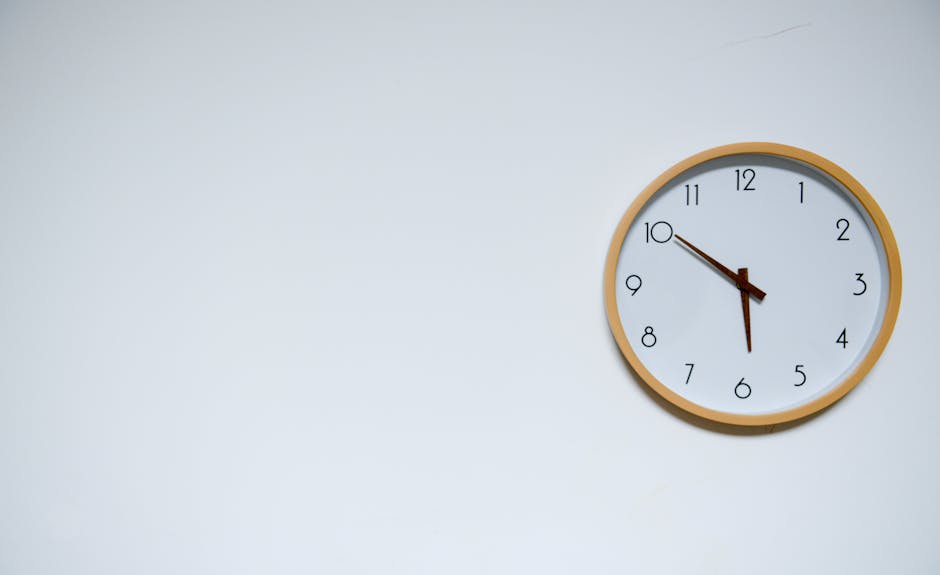Exploring the Benefits of Minimalist Living
Minimalist living has gained attention as more individuals seek simplicity in their daily lives. Rooted in the concept of reducing excess and focusing on what truly matters, this lifestyle promotes clarity, freedom, and intentionality. Its appeal lies not only in decluttering physical spaces but also in addressing mental and emotional well-being. With growing consumerism and constant connectivity, many are turning to minimalism as a means to reclaim their time, resources, and peace of mind.
Understanding Minimalist Living
At its core, minimalist living is about prioritizing quality over quantity. It encourages individuals to assess their possessions, habits, and commitments, retaining only what adds value to their lives. This philosophy isn’t just about having fewer belongings; it’s a mindset shift towards purposeful choices. The movement draws inspiration from various sources, including Marie Kondo’s tidying methods and ancient philosophies like Stoicism, which emphasize the virtues of simplicity.
Minimalism can manifest differently for everyone. For some, it means downsizing their homes or wardrobes. For others, it involves restructuring their schedules to focus on meaningful activities. Regardless of the approach, the ultimate goal is to reduce distractions and cultivate a life aligned with personal values.
Financial Benefits of Minimalism
One significant advantage of adopting a minimalist lifestyle is financial freedom. By curbing unnecessary spending, individuals can allocate their resources more effectively. This doesn’t mean living frugally but rather making intentional purchases that offer long-term satisfaction.
For example:
- Reducing impulse buys
- Avoiding the “upgrade culture” associated with gadgets
- Investing in durable, high-quality items over trendy or disposable ones
A study by Northwestern Mutual found that 78% of Americans feel financially stressed (northwesternmutual.com). Minimalism can alleviate this by fostering mindful financial habits and encouraging savings or investments instead of unchecked consumption.
Mental Health Advantages
The mental health benefits of minimalism are profound. Decluttering physical spaces often leads to reduced stress and increased focus. Environments filled with unnecessary items can overwhelm the mind and hinder productivity. Simplified spaces provide mental clarity and promote a sense of calm.
This lifestyle often reduces decision fatigue, a phenomenon where making numerous daily choices drains cognitive energy. By owning fewer items and streamlining routines, individuals save mental bandwidth for important decisions and experiences that matter most to them.

Environmental Impact
Minimalist living aligns closely with sustainable practices by reducing consumption and waste generation. Overproduction of goods contributes significantly to environmental degradation, from deforestation to pollution caused by manufacturing processes. Choosing minimalism can lessen one's ecological footprint.
Some practical ways minimalists contribute positively to the environment include:
- Purchasing second-hand items or supporting ethical brands
- Reducing reliance on single-use plastics
- Repurposing or repairing possessions instead of discarding them
The environmental aspect is becoming increasingly critical as climate change accelerates. Small individual actions can collectively lead to broader societal change.
Minimalism in Relationships
Simplifying one’s life extends beyond material possessions; it also applies to relationships. Minimalism encourages nurturing meaningful connections while letting go of toxic or superficial ones that drain energy.
This shift allows individuals to focus on deepening bonds with family and friends rather than spreading themselves thin across numerous acquaintances or obligations. Quality time becomes prioritized over quantity, fostering emotional fulfillment and stronger support systems.
Practical Steps to Begin Minimalist Living
Adopting minimalism doesn’t require an all-or-nothing approach, it’s a gradual process tailored to each person’s needs. Starting small ensures sustainable changes without feeling overwhelmed.
A few practical steps include:
- Declutter one category at a time (e.g., clothes or books).
- Set clear goals for what you hope to achieve through minimalism.
- Avoid comparing
The process might be challenging initially but becomes easier with practice. Celebrating small victories along the way helps maintain motivation.
The Role of Technology in Minimalist Living
While technology can sometimes encourage overconsumption, it also offers tools for embracing minimalism effectively. Digital decluttering (organizing files, unsubscribing from unnecessary emails, or limiting screen time) is an essential aspect of modern minimalist living.
Additionally, apps like budgeting tools or habit trackers help streamline daily life while reinforcing minimalist principles. Striking a balance between leveraging technology and avoiding its overuse ensures that digital devices enhance rather than detract from minimalist goals.
Simplifying life through minimalist living provides tangible benefits across various aspects, from finances and mental health to environmental impact and relationships. It challenges conventional consumer-driven norms by shifting focus toward intentionality and purpose.
As more individuals explore this lifestyle, they often discover newfound freedom and fulfillment in areas they hadn’t anticipated. Whether taking small steps toward decluttering or making larger changes like downsizing homes, embracing minimalism fosters a meaningful life centered around what truly matters most.